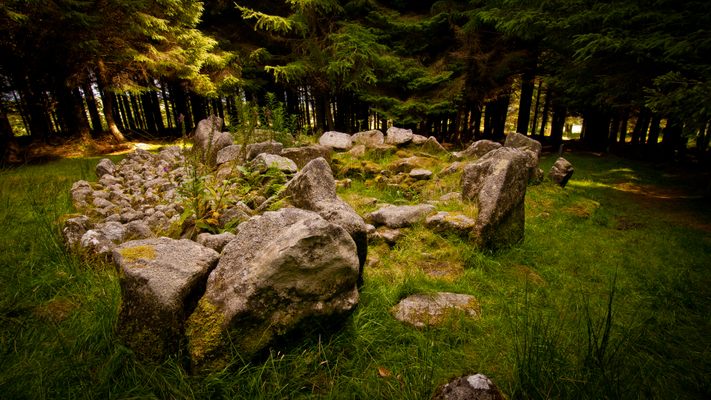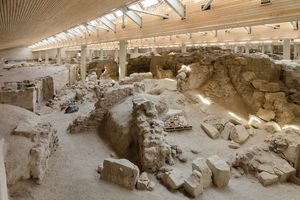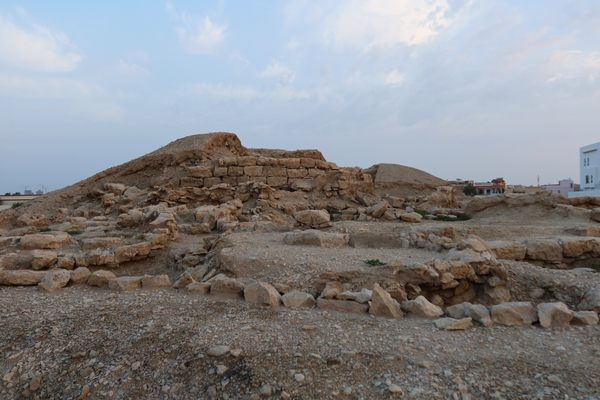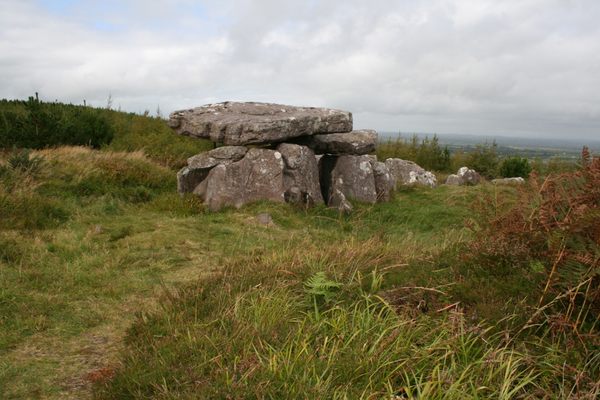About
A cluster of ancient stones crowns a bed of bright green grass. Trees surround the structure like faithful wooden guardians. Though the rocks look like a pile of rubble, they're actually part of a tomb.
This wedge tomb is a good early Bronze Age example, dating to about 1700 BC. Today, it’s nestled within a clearing in a planted pine forest. Back when the tomb was constructed, there would have been clear views of Dublin Bay and the Wicklow Mountains from the site.
The tomb, locally known as "Giants Grave," was discovered by Alderman Blacker around the year 1830. It was later excavated again in 1945, although by that time the main chamber was destroyed and many stones had been removed, probably by local stonecutters. During the later excavation, cremated bone, a polished stone hammer, flints, and pottery were discovered.
The U-shaped tomb is oriented east to west and features double-walling. The rectangular chamber is divided into three parts, and on the southern side, there is a long stone with seven cup marks on one side. There are some theorists who suggest a link between the arrangement of the stones and the Andromeda star constellation.
Related Tags
Know Before You Go
Ballyedmonduff Wedge Tomb is located on the south-eastern slope of Two Rock mountain, County Dublin next to Glencullen Golf Club. It’s now accessible via the Glencullen Adventure Park (GAP) on Ballybrack Road, close to the popular tourist pub Johnnie Fox’s. There's a pathway from the Glencullen Adventure Park (GAP) car park on Ballybrack Road. Once near the tomb, you will have to cross a very active mountain biking trail, use caution when crossing here.
Published
December 20, 2018






































